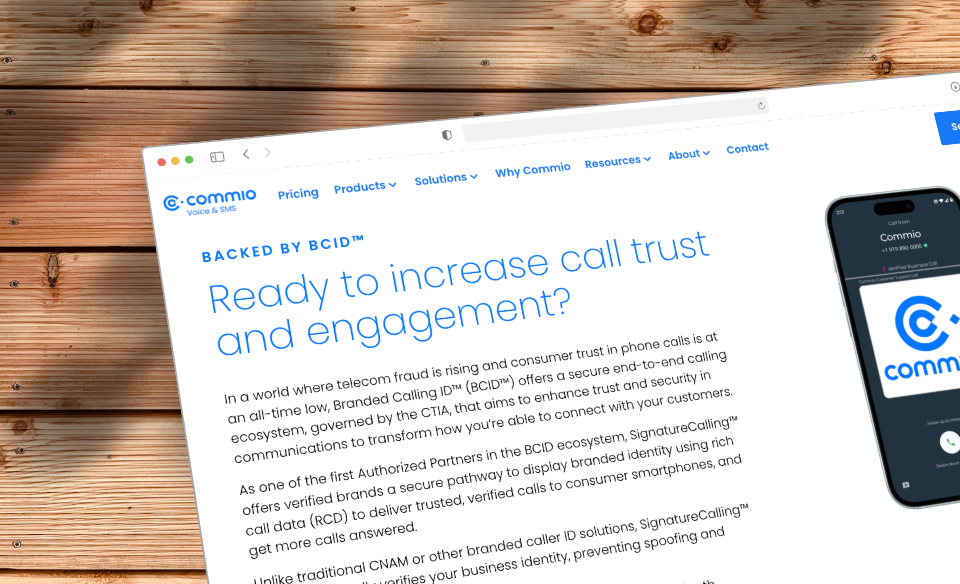Even telecom agents and professionals might struggle to understand exactly what is meant by the buzzwords “integrated calling.” For example, some providers offer voice calling services with integrated features, such as instant messaging or SMS texting.
These are branded as “integrated” though they don’t exactly conform to what is meant by the industry term. In essence, integrated calling is a synonym for computer telephony integration (CTI).
Put simply, it combines traditional voice-based telephone technologies with computer systems, giving users access to an enhanced range of control and personalization tools.
What is Integrated Calling?
The term “integrated calling” is used to refer to many different types of call management and routing systems. Simple systems leverage computer technologies to direct incoming calls to the right recipients. More complex approaches enable customer service representatives to use advanced features that attach notes and other information to specific calls.
These features can be used for a range of purposes, including quality of service, preserving verbal agreements with clients, and client account continuity. Integrated calling systems can also be customized in an endless number of configurations. These customization features are especially attractive to larger enterprises that deal with a high volume of incoming and outgoing calls on a daily basis.
Integrated Calling Uses
Integrated calling systems have many different applications in the enterprise world, including:
CRM/CTI: Sales and CRM teams benefit in a big way from easier access to a broad base of information and management tools.
Outsourcing and call centers: Businesses that outsource their call center services enjoy better control and easier access to critical data with regard to customer communications.
Large-enterprise, high-volume customer service centers: Integrated calling is an excellent way to improve service standards in large companies that deal with a high volume of calls.
Integrated Calling Benefits
Well-designed, customized systems offer businesses a long list of benefits. Here’s a run-down of the key advantages of integrated calling, including: Integrated calling systems are designed to conform to existing hardware and technological standards, making for easy migration; these systems increase efficiency and customer convenience, leading to better service; and they streamline communications operations across various branches and business departments, which can lead to significant cost savings.
When used for sales purposes and paired with CRM technologies, integrated calling systems can improve the quality of leads and help generate more conversions. To maximize these benefits, businesses need to carefully design and integrate their systems. An experienced professional can be a major asset in this regard.
Integrated Calling Implementation Tips
No matter what the intended application of the system, the place to begin is always with a detailed map of the typical flow of communications within the company. Include both inbound and outbound communications directions on this map. Pay close attention to the ways in which information is exchanged during the course of these communications. These steps will yield vital insights that can then be used to select the right system for the business’s specific needs.
The telecommunications professionals at Commio can help businesses of all sizes take full advantage of the many benefits offered by integrated calling. To learn more about our exciting suite of advanced enterprise telecom solutions, please contact us today.
















